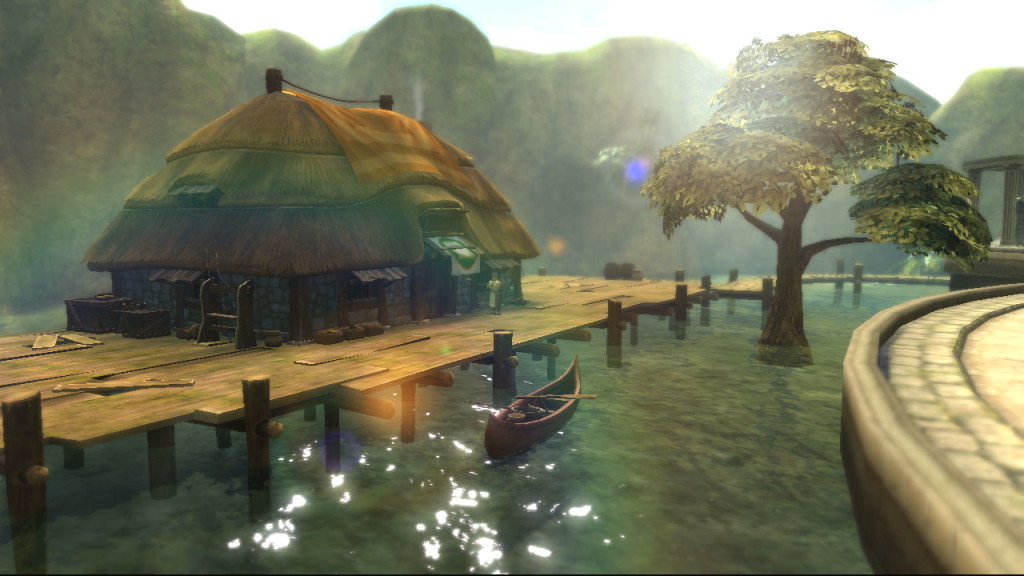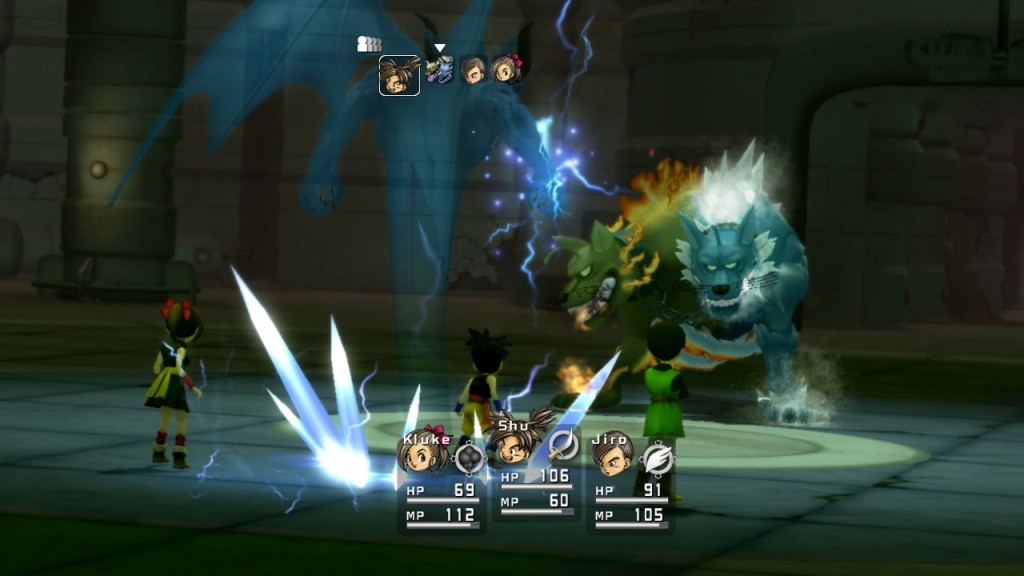Last updated on September 10, 2014
Today, let me draw you into my selection process. Or, think of it as a dive into my MIND.
As you might know from reading Theology Gaming, I decided to make The List of twenty games I feel best represent both my personal gaming tastes and theological intersections. Some of my choices come across as fairly strange, and I’ve also placed limitations on myself regarding which ones I will put into the list. Just a few of my internal rules include:
1. Only one game from a long-running series allowed, unless you talk about both games simultaneously. Mega Man 2/3 forced me into that mess.
2. And if two games share a similar name, then one needs to fit into the “spin-off” or “totally new genre” to fit within The List. Final Fantasy Tactics ended up there precisely because of this.
3. Nintendo will only appear on The List once, mostly because I could fill the whole thing with such games.
4. The List does not need to contain ALL of my favorite games!
The fourth one actually holds the most relevance to me today. Sometimes, I thoroughly enjoy a game but can’t write anything about it. Whether due to time and distance, or simply due to my discussing the flaws of said game all day long, The List does not look like a proper place for me to slot such favorites. However, that does not mean they didn’t make an impact on me, or that I don’t want to evangelize them to a wider audience. Simply put, they fail to reach that critical height that I usually ascribe to The List games, mostly falling right below what I consider “great”. These strange, weird, neglected games hold a special place in my heart; given that I now have a platform to hoist games like NieR, it’s only fair that I throw some more strange stuff your way.
A little company called Mistwalker Corporation created two of the finest JRPGs in recent memory for the Xbox (with the help of Artoon and Feel Plus, anyway). Given the Xbox’s Western origin, they were doomed to fail from the start in both Japan and the United States, but I still love and adore them both. Blue Dragon and Lost Odyssey represent two rather amazing experiences for the system, and it makes me sad that more people won’t get to experience them. No backwards compatibility or re-release in sight (due to Microsoft owning part of the license, I assume) means they will probably languish in obscurity for years before gaining recognition in emulation scenes, and that’s a darn shame for both of them.
Both games are similar enough that it makes sense to review them at the same time, so let me do just that! Also, zero plot spoilers in here, so this will purely give you a sense of the game rather than a direct understanding of the game’s plot.
Blue Dragon takes the light-hearted aesthetic of Dragon Quest with a more free-form version of Final Fantasy V‘s Job System to create the ultimate Saturday morning cartoon. When talking about the plot, think “trope central”, except it often usurps those tropes to throw us JRPG veterans off a little. You get all the traditional characters – the hotheaded lead, the super smart sidekick, love interest, incredibly annoying creature and super cool pirate lady, but all of them eventually endear themselves to you through what happens. Nene makes for a traditional villain (who reminds me too much of Freiza), but twists and turns which I care not to reveal change up the world and restrict your own abilities too! It’s straight out of the “good game design” handbook – use traditional mechanics while throwing people offguard and forcing them to use your systems.
Even with these change-ups, Sakaguchi’s design creates spaces you just like to hang around in, acting like a kleptomaniac (items EVERYWHERE) while exploring each and every area. Towns feel like gigantic spaces to explore, as if real people lived in them. Dungeons also feel quite gargantuan and worth exploring, with each representing a unique theme and sense of place. The world feels lovingly crafted for a good old time, and the pacing’s simply impeccable in letting you live and breath in its world. Akira Toriyama’s art never felt so engaging to me, and for once we can wander around in his world without fear of imminent Kamehameha in full 3D.
The combat, for its part, makes every single fight engaging with little meters (let go when it hits red!) to deal with and little quick timer events that make you pay attention enough for engagement outside of strategic thoughts. Battle operate on a turn-based format, with agility ratings and the power of attacks determining which personage on-screen goes first; a little bar on the top (bottom for Lost Odyssey) will show you when an attack will finally be performed, meaning that you always sacrifice power for speed or vice versa. I love swapping and micromanaging the jobs too, their little quirks and stacked oddities contributing to the overall tactical sensibilities. You level up primary jobs and learn new skills just like in Final Fantasy V, only additional levels add more and more skillslots for nearly endless customization possibilities. Every party member, theoretically, can have every ability. Functionally, we could Final Fantasy VII’s open-ended Materia System echoes this, but Sakaguchi strips the needless complexity and keeps the depth.
The same goes for Lost Odyssey, but in a different direction. Blue Dragon’s breezy pacing gives way to a seriously-toned narrative about one thousand year old people suffering from (understanble) memory loss. The story tugs at the heartstrings more than once (man, tragedy is everywhere this world, and the game’s art design creates an alien world that still feels accurate to some lost time or place (I always think Carthage when I think of Numara, for example). The “literature” placed in the form of text sequences written by famed Japanese post-modernist Kiyoshi Shigematsu just adds to the strangely melancholic mood. This, to me, feels like the true Final Fantasy XIII, expanding upon the interesting, yet flawed combat of Final Fantasy X to create some truly interesting scenarios. As Tim Rogers might say, the battle present interesting frustrations, almost puzzle-like in their solutions and providing a wealth of options that require no “switch to this person who had the weapon that kills X without fail” (again, Final Fantasy X’s system needed some refinement). It is, in a word, very adult!


